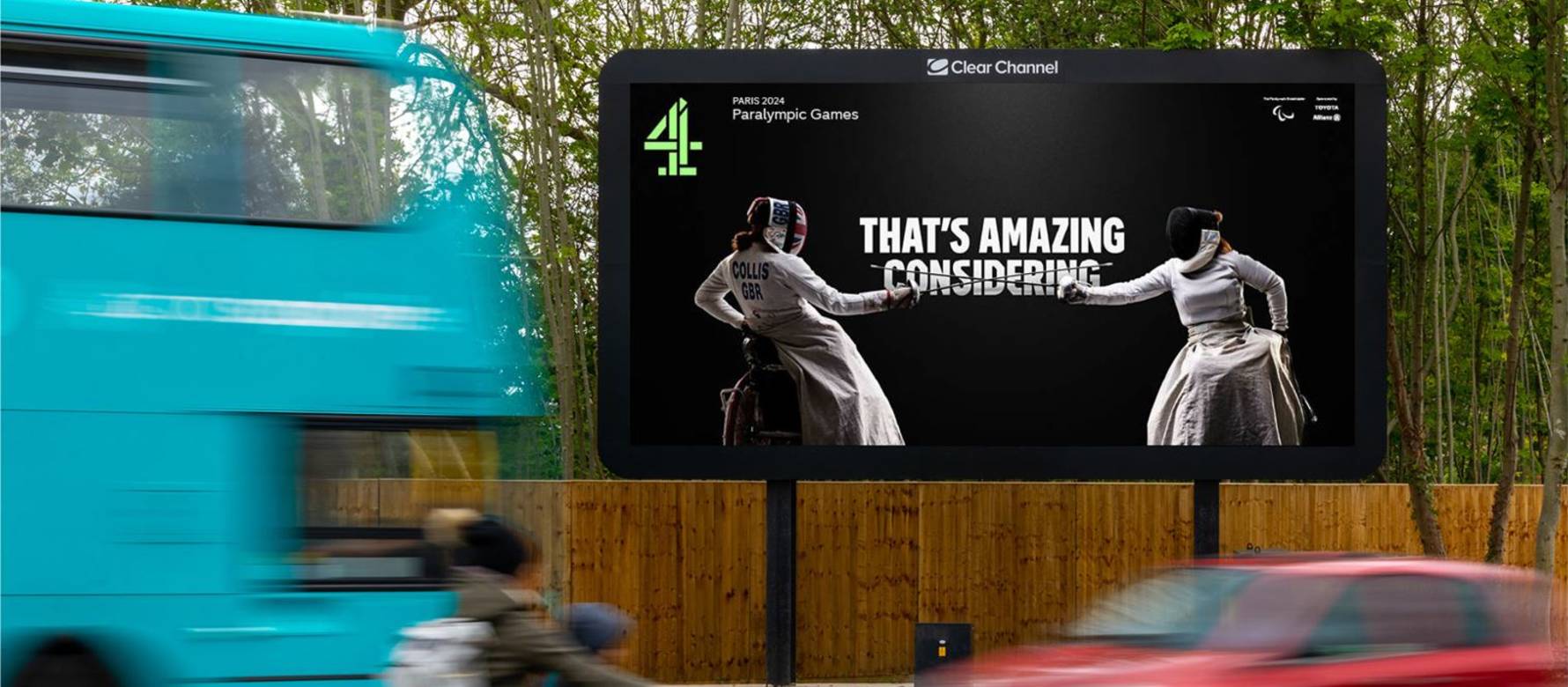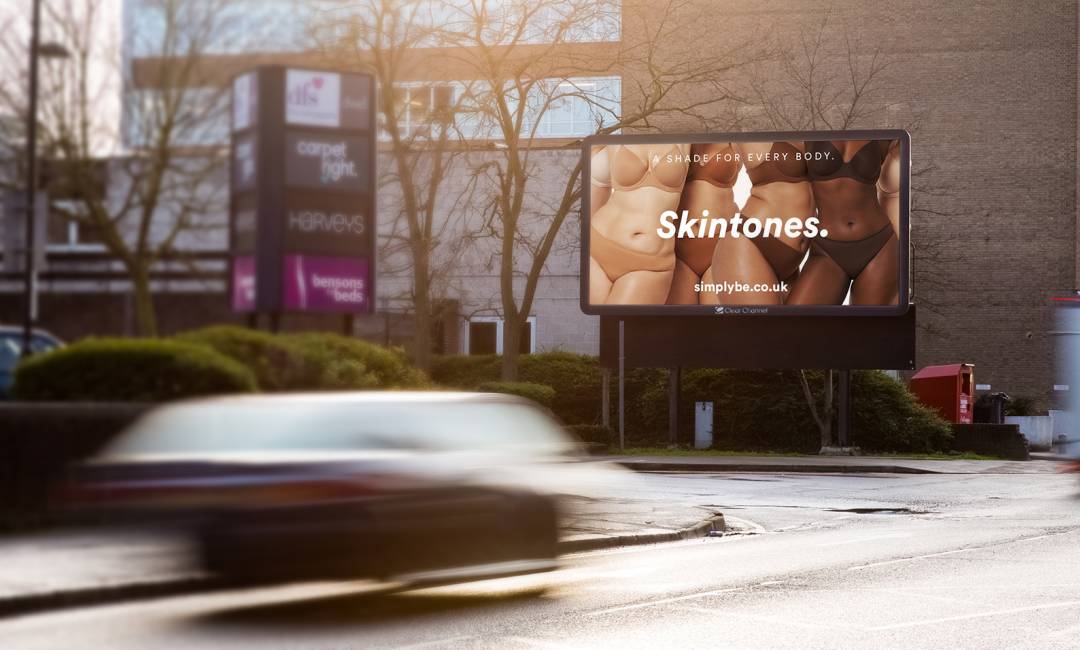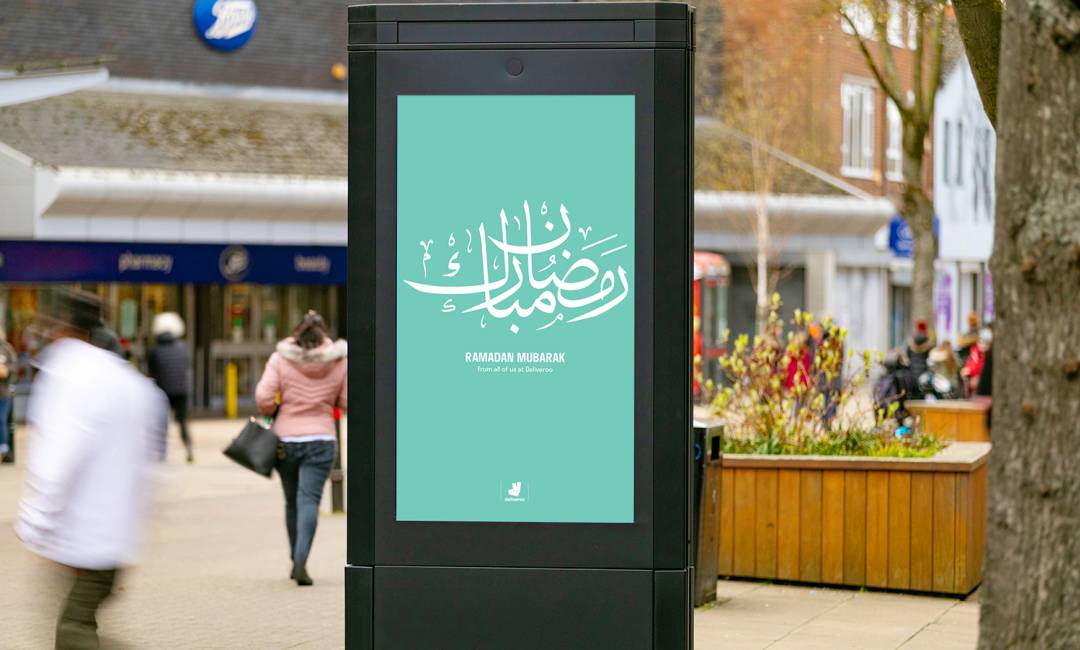
As Black History Month concludes, and Inclusivity Weeks are wrapped up, we sat down with Caroline Forbes - Head of Sales (OOH Agencies) to get her take on Diversity, Equity & Inclusion and its current position through the lens of Out of Home.
Caroline Forbes has 20 years of experience in the Out of Home (OOH) media industry. She’s witnessed both the progress and need for more consistent commitment when it comes to diversity, equity, and inclusion (DE&I). She’s noted the focus on DE&I has seen moments of intensity, particularly following social movements like Black Lives Matter, but has recognised there has been a notable shift in the narrative - some referring to it as diversity fatigue, others agreeing it’s down to the deprioritising of DE&I, and a turnaround on affirmative action. As Black History Month concludes, and Inclusivity Weeks are wrapped up, we sat down with Caroline to get her take on Diversity, Equity & Inclusion and its current position through the lens of Out of Home.
Can you see a growth in Influence of underrepresented groups?
In terms of the influence of underrepresented groups, I’m optimistic. We’re starting to see more diverse voices and perspectives being represented at decision-making levels, which is crucial for authentic and inclusive storytelling. However, we still have a long way to go to ensure that influence is not just symbolic, but truly transformative across the board. That means the importance of underrepresented groups has to translate at the top of the funnel. A recent WARC survey found that objectives related to DE&I and sustainability fail to appear in the majority of client briefs in 2024*. This might mean there’s a need for better briefing, but could also indicate in a tough economy, clients are prioritising commercial objectives over those related to DE&I and climate.
*Source: WARC The Future of Strategy 2024

What’s your thoughts on the power of representation?
The power of representation cannot be overstated. Seeing yourself reflected in media, whether it’s in an ad or on a billboard, is validating and empowering. It shows that your identity, culture, and experiences matter. Representation is not just about visibility, but also about shaping narratives that resonate with diverse communities, which can ultimately foster greater inclusivity and social change.
While we’ve made strides in creating more inclusive spaces and conversations, the work can’t stop at surface-level diversity. We need to ensure that representation is consistent, authentic, and backed by structural changes within organizations. It’s about more than just putting diverse faces on billboards—it’s about diversity in the boardroom, in creative direction, and in the stories we choose to tell. There’s still a gap between intention and action, and addressing that requires sustained commitment.
"Representation in advertising matters because it affects how people perceive themselves and others. It shapes cultural norms and values, and it influences buying decisions" - Outvertising

What’s OOH’s role in inclusive advertising and what’s the commercial opportunity for brands?
OOH advertising plays a pivotal role in inclusive advertising by reaching diverse audiences in public spaces and offers a unique platform for brands to tell stories that reflect the world we live in. The good news is that we've seen good progress over the last year when it comes to diversity in advertising. According a recent Toluna survey, more than half (53%) of 18-34 year olds' say they often see people who look like themselves in advertising (an 8%pp increase in just the last 4 months). There’s a significant commercial opportunity here as 53% of 18-34 year-olds' would switch their usual brand to a brand that embraces diversity*.
Brands that prioritise inclusive, authentic representation can forge deeper connections with underrepresented groups, who are increasingly looking to support companies that align with their values. In an era when consumers demand more accountability from brands, OOH has the power to create meaningful, culturally relevant campaigns that speak to the full spectrum of society.
A great example of this is from the award-winning campaign from Uber Eats, who utilised digital Out of Home (DOOH) to run a time-triggered activation during the holy month of Ramadan. Tapping into sunset timings data, they featured timely signature iftar dishes popular with the Muslim community.
*Sources: Clear Channel, Audiences in Focus survey Sept 2024

Do you think there is still work to be done? What does the future hold in terms of DE&I?
Looking ahead, I’m hopeful about the future of DE&I. There’s a growing recognition of its importance, especially as consumers, particularly younger generations, demand more inclusivity from the brands they support. I’d like to see a future that has deeper integration of DE&I principles into the core of business strategies, rather than as a side initiative. Companies that truly embrace diversity will thrive in a marketplace that values authenticity, and the OOH industry has a unique opportunity to lead that change by ensuring we encourage content that speaks to everyone, not just a select few. The path forward requires ongoing reflection, accountability, and the willingness to keep pushing for progress.
SHARE POST
PRESS ENQUIRIES





